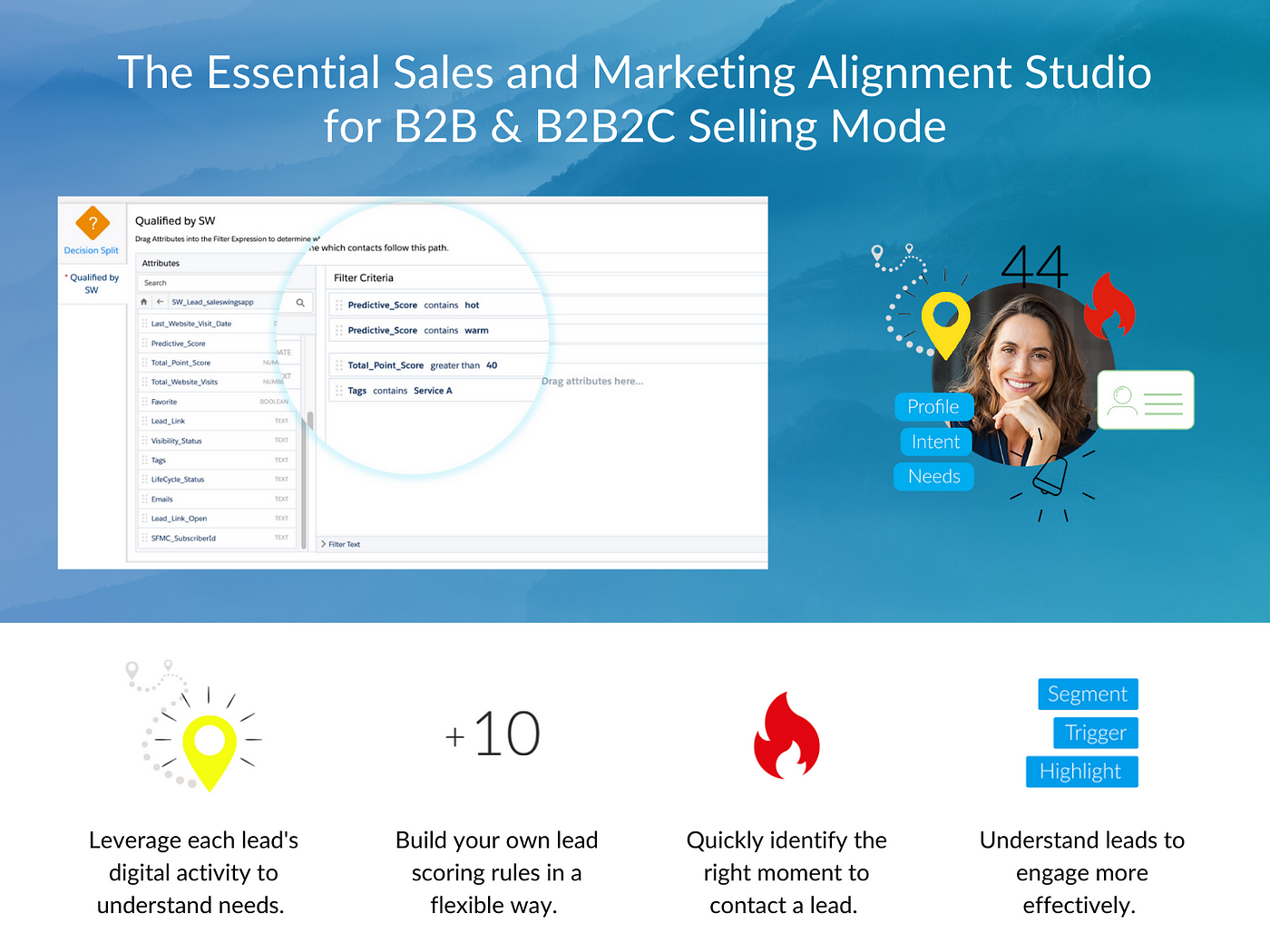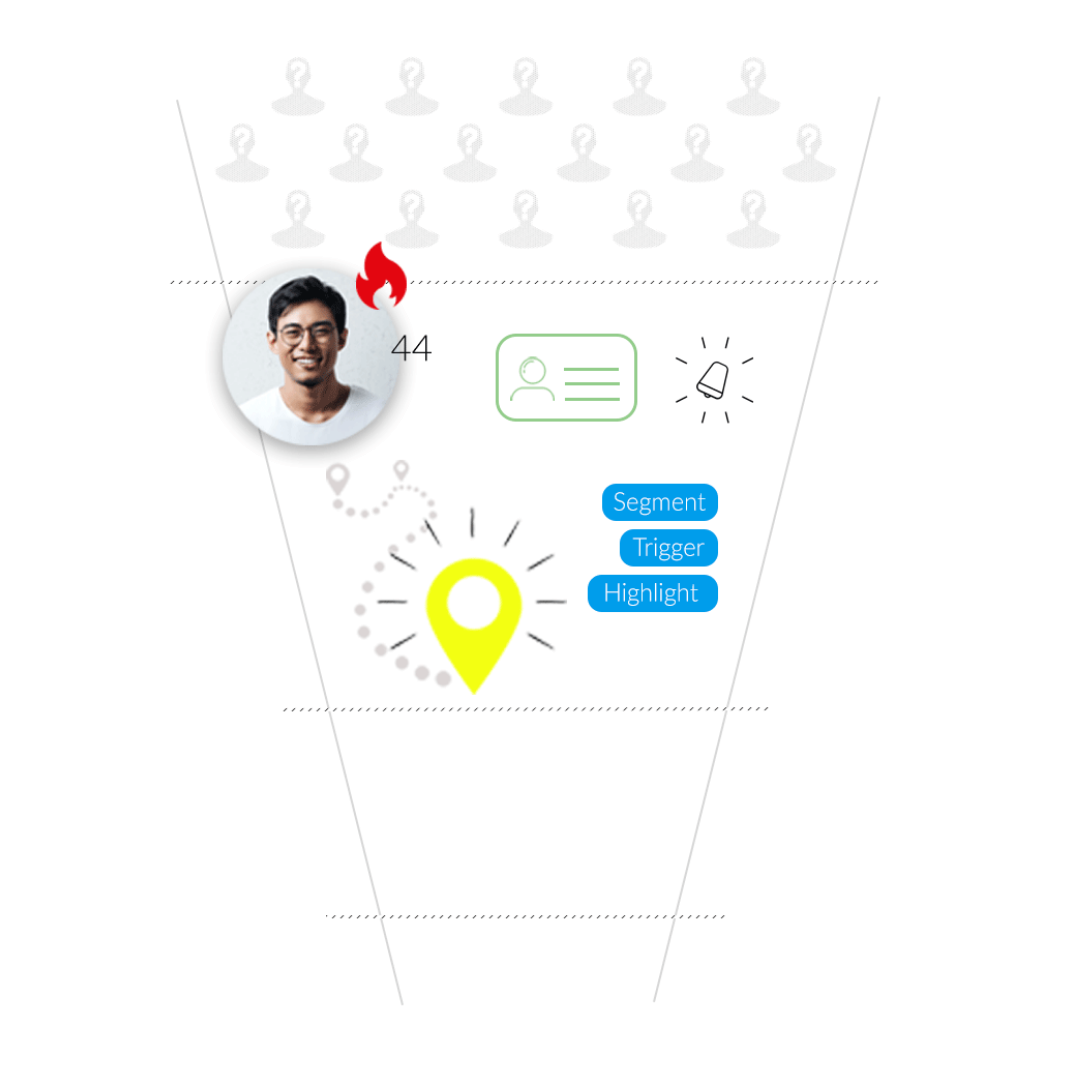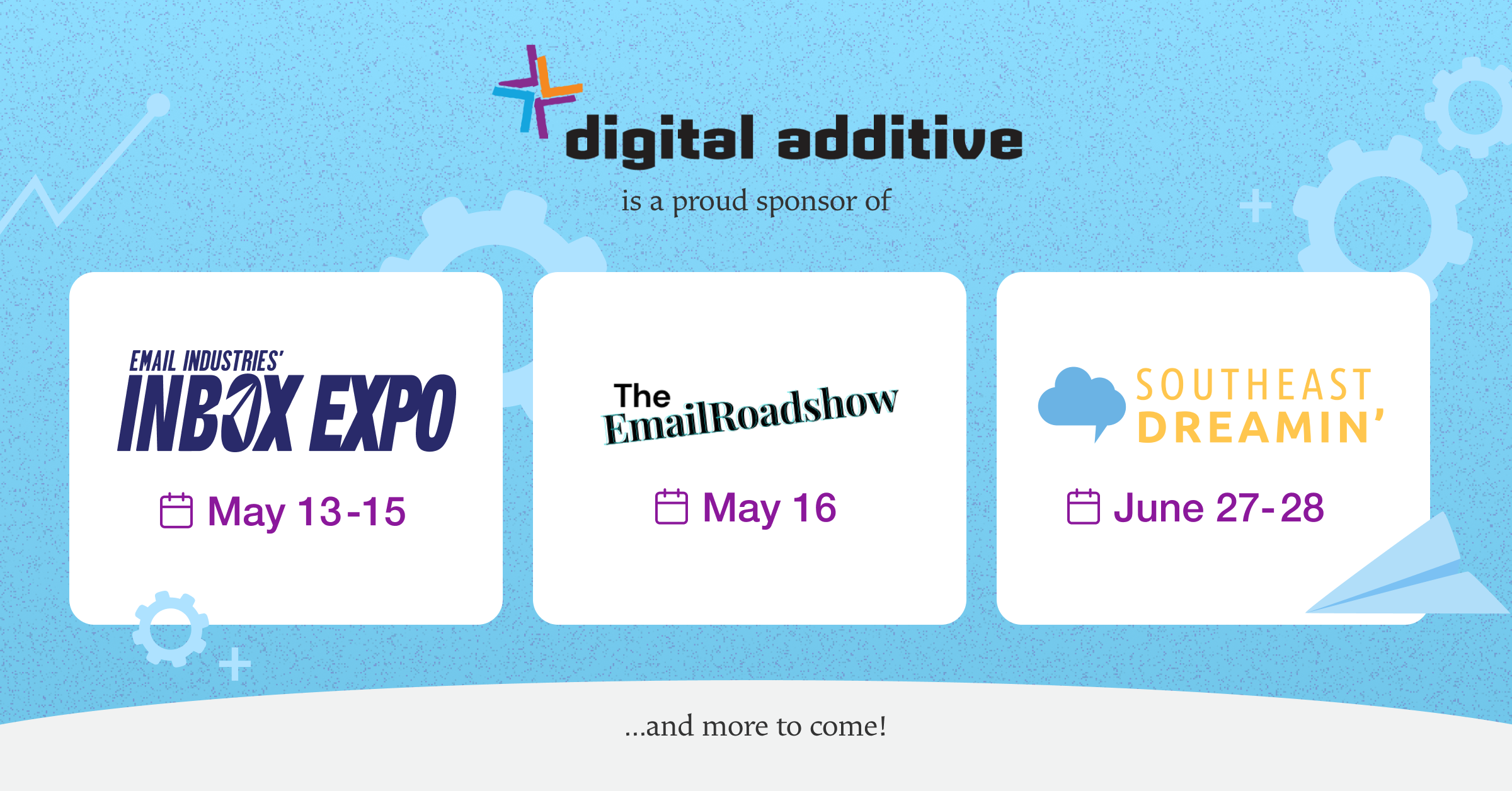Based in Switzerland but helping clients worldwide, SalesWings offers engagement tracking and lead scoring solutions for Salesforce Marketing Cloud. We were thrilled to get to ask Co-Founder & CEO, Philip Schweizer, a couple of questions to drill down and discover the ways SalesWings can revolutionize how companies leverage their data through SFMC.
Tell us a little more about the founding of SalesWings. What inspired you to offer this particular technology solution?
During my first two professional experiences, I was exposed to sales and marketing teams with very opposite levels of maturity when it comes to leveraging sales and marketing technologies. The results my second company could obtain by utilizing top-notch marketing and sales technologies were impressive.
I quickly understood that while digital marketing provides great reach and benefits, the lack of sensing the client made it hard to provide that level of timely, personal interactions — whether on the marketing or on the sales side. Decisions of buyers happen to an important part online these days, which is where many organizations have a blind spot. What are their needs? When is a good moment to get in touch? What topics are top of mind?
My aim was to provide companies with an intuitive way to gain insights into the profile and decision-making of their leads in our increasingly digitized world. The way people engage with a company on digital channels uncovers pretty much all about a lead’s interests. I found that any website, whether an e-commerce website or a company presentation website, should be considered like a physical “store”.
Today, SalesWings helps companies understand who’s walking into that “store”, what they’re looking for, and whether they’re worth their sales teams’ time.

What hurdles have you seen Salesforce Marketing Cloud customers face that SalesWings technology has helped them address?
SalesWings provides essential tools for B2B and B2B2C companies, to better sell and market to business leads, as a compact add-on to the Salesforce Marketing Cloud and Sales Cloud. This includes aspects like collecting website behavioral data, the ability to tie it to leads and accounts, and making the insights available in the Salesforce platform.
The fact is that Salesforce Marketing Cloud was originally designed to be a B2C solution. In reality, it is used by any type of business today including B2B2C and B2B. And this is for good reason: Marketing Cloud’s way to leverage data, communicate omnichannel, and personalize communication at scale, makes it a great choice for many companies.
B2C companies mostly think in terms of audiences, while B2B2C and B2B companies care a lot about the individual “lead” and “account”. The ability to monitor an individual leads’ behavior on a company’s website, translate that into “needs” and “sales readiness” and push it to Marketing Cloud and Sales Cloud, is a hard thing to achieve natively in Marketing Cloud, and it mustn’t be.
Long story short, we make this process intuitive, with automated plug-and-play website tracking, lead profiling, and insights into the engagement of leads and accounts.
How does SalesWings facilitate behavioral segmentation of leads? How can that data improve a journey experience?
Good “data” to “marketing effectiveness”, is what “ingredients” are for your “dish”. By having the right data, marketers can segment leads based on interests, send content to them that is relevant, and interesting, and trigger responses. The results are impressive, from higher open and click-through rates to shorter decision cycles because of smarter nurturing, all the way to faster pipeline building.
The first step to doing any sort of segmentation is having reliable and relevant data. The way a lead behaves on a website and the campaigns they engage in unveils a lot of interests — whether it is topics, products, services, or overall intent. At the start, we make this easy with a quickly-deployed way to collect such behavioral data and make it available to Marketing Cloud and Sales Cloud, without the need for technical development.
The second step is to take this data and make sense of it. Here again, we managed to develop a user-friendly interface where any marketer can define behaviors with a few clicks, that would indicate specific interests. In seconds our clients can segment their leads and accounts by needs, topics of interest, or specific signals. The entire concept is built around simple “tags”: as leads engage with a company’s campaigns and website, they collect these tags automatically such as “contact interest”, “sustainability”, or “service A”.
With a quick and easy connector, our customers can leverage the data natively in Marketing Cloud data extensions, and therefore use it directly for decision making in journey builder, dynamic email content, or clever segmentation.

Given your experience, what are some typically overlooked ways that flexible point lead scoring can be leveraged? (Power user tip request)
A lead scoring model is only as good as the data it has available, and as accurate as of the assumptions that go into it.
The first tip is to keep things simple at the start and enhance lead scoring in an agile way. This implies that companies have a tool that gives them the ability to test and enhance.
Marketers shouldn’t try to create a point scoring model with 100 different rules. The lead score doesn’t get better. Discuss the touchpoints of your leads with your business on digital channels, and think about how you would behave at the various stages of the decision-making process. There are typically those behaviors that one adopts when approaching a decision, and engagement with this content is what should go into the point-scoring first.
Another recommendation is to consider the creation of multiple scoring categories. In smaller companies, a single lead score is just fine. Bigger companies have different teams, marketing and selling different services or products. Here monitoring interest at different levels, will allow each team to understand how interested they are in what they are concerned with.
Last but not least; don’t try to “build it custom on your own” with complex technical solutions. This will always be more expensive, take longer, and doesn’t provide you with the flexibility a best-of-breed solution can provide.

Looking ahead, what’s on your roadmap for any future software updates? Covid willing, do you have plans to come to the States for this summer’s SFMC events or where else can people connect with you?
Yes! We’re scheduled to go to the Salesforce Connections conference this summer — anyone is interested to meet up let me know.
Broader “data collection” is something we’ve been working on; webform submitted data, purchase history data, data from online configurators, or maybe third-party tools like chat. Both to use it for profiling, but also to simply funnel the data into the Marketing Cloud.
A big trend in the market is customer data platforms (CDP), where clients can centrally store all of their lead and company data from disparate sources, mostly interesting for tech-heavy, or complex organizations with a lot of data in silos. The aim is to get this “full picture” about a lead or an account, to create meaningful audiences.
While SalesWings does not aim to become a CDP at this point, we are piloting a solution with some key customers where they are able to send us more diverse data, to better profile and qualify their leads and accounts for marketing and sales.
Instead of reinventing the wheel, SalesWings will soon be able to access Salesforce CDP data and provide turn-key integrations, so that our customers can cherry-pick the kind of data that is relevant for profiling, lead scoring, as well as for our Sales Insights view that is visible to salespeople.
At Digital Additive, we pride ourselves on staying connected to technology partners that help our clients maximize their SFMC investment. Want to learn more about the solutions Digital Additive can offer your company? Contact us today.



